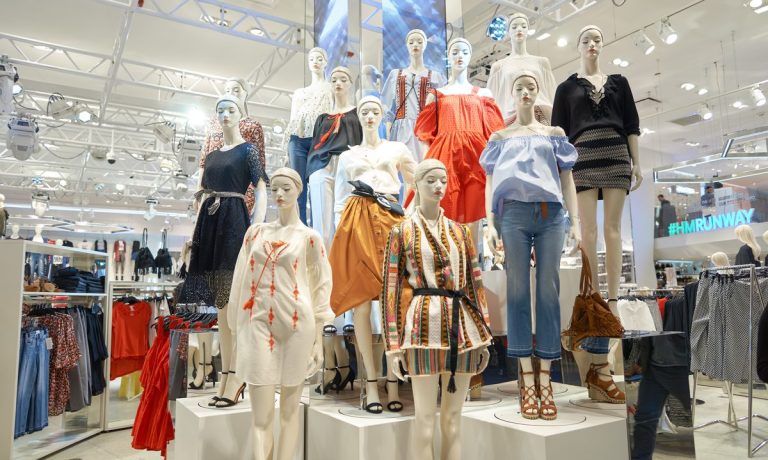Fast Fashion Faces Strong Headwinds, Changing Consumer Preferences

Fast fashion, once seen as a way for brands and consumers alike to stay on top of the latest trends, is facing a reckoning. As consumers become more environmentally conscious and secondhand apparel becomes more easily accessible while tangled supply chains are delaying product availability, some retailers are feeling the pain.
Take, for example, the departure earlier this week of long-standing ASOS chief executive Nick Beighton, who reportedly would not commit to staying with the company through at least half of its next five-year plan — this, after 12 years with the retailer, including the last six as CEO.
Mat Dun, former ASOS chief financial officer and now chief operating officer, said in a statement that the retailer’s performance over the next year “is likely to be constrained by demand volatility and global supply chain and cost pressures.” The company is expected to lay out a growth strategy in more detail next month, though investors seem wary — since Monday, the ASOS share price has fallen by over 16%.
Read more: ASOS Chief Executive Exits in Leadership Shakeup
ASOS reported that revenue was up 20% over the past year, but growth is slowing down and gross profit margin fell by 2 percentage points, which the company attributed to higher freight costs and increased investment in customer experience. Annual profit could fall by more than 40%, ASOS said, less than two weeks after competitor Boohoo also warned that higher costs will cut into its annual results.
Nike Chief Financial Officer Matt Friend said last month transit times to the U.S. from Asia have now doubled from pre-pandemic levels to 80 days, and the European market has seen deteriorating transit times as well. Apparel brands are also facing weeks of factory closures in Vietnam, which is particularly challenging for fast fashion as it’s hard to sell out-of-season stock.
Related: Factory Closures Cause 10-Plus Weeks of Lost Production for Nike
The Rise of Resale
Fast fashion is also up against an increasing number of consumers who are focused on the environmental impact of their lives and their purchases, particularly after a global pandemic. A report by the National Retail Federation and IBM found that 57% of consumers are willing to change their habits in order to reduce their environmental impact and 77% say it’s at least moderately important that brands are sustainable and environmentally responsible.
That may not bode well for fast fashion brands, who are often accused of overproduction and creating a garments that are meant to be thrown away — an estimated 11 million tons of clothing is thrown away in the U.S. alone.
What’s a headwind for fast fashion, though, could be a tailwind for the secondhand apparel market, which is expected to grow 11 times faster than the broader retail clothing sector over the next five years and reach $77 billion by 2025.
“Although we are still in the early stages of this transformation in retail, there are emerging signals suggesting that secondhand is displacing traditional retail,” thredUP CEO James Reinhart told analysts in August. He noted that resale is expected to be twice as big as fast fashion by 2030 as consumers opt for secondhand more often.
“Consumers say they care more about wearing sustainable apparel than they did before the pandemic, and also have a growing disdain for both eco and financial waste,” Reinhart said.
Sweden-based H&M, best known for serving up fast fashion across the world, seems to be bracing itself for the changing winds. The retailer owns around 70% of secondhand shop Sellpy, which earlier this year expanded to 20 additional European countries. H&M is also collaborating with Sellpy on a new warehouse in Poland, as well as distribution and quality control efforts for garments and handling orders.
See: H&M’s Secondhand eShop Sellpy Debuts In 20 European Countries